Throwback Thursday is when we trawl through the That's archives for a work of dazzling genius written at some point in our past. We then republish it. On a Thursday.
By Derrick Sobodash
For over a generation, video gaming has been dominated by one place: Japan. From Super Mario to Final Fantasy, almost every major console title of the last 25 years can be traced back to the same small cluster of Tokyo studios. But there are signs that the industry is changing – and nowhere more so than here in China.
Once a gaming backwater, China’s nascent gaming industry has grown rapidly in recent years, spurning the Japanese- favored blend of Western mythology and science fiction, and turning instead to the world of wuxia – the fantasy version of ancient China that serves as the stage for much of its popular lore.
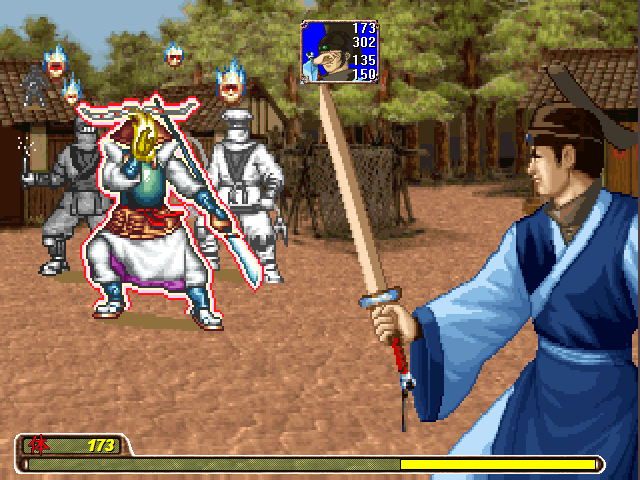
This, combined with the country’s laissez-faire approach to copyright, has resulted in a vast game library that’s as fascinating as it is silly. Prepare, then, for a brief look at two decades worth of development you missed from an industry that produced thousands of games you’ll likely never see.
The NES and the Pirates
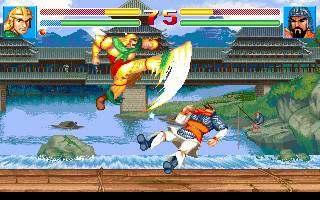
When Nintendo released the NES in 1985, they singlehandedly revived the game industry in the West. But while the 8-bit box spread like wildfire through North America and Europe, the USD149.99 sticker price kept it far out of reach in Chinese markets, where the average family made RMB50 (about USD13) per month. Even ignoring the import tariffs, the idea of getting a NES meant essentially going a year without food for the vast majority of Chinese.
Things changed towards the late 1980s as Famicom systems (the Japanese version of the NES) began to trickle into China as gifts from relatives and friends heading home. It wasn’t long before the system, called the ‘red and white machine’ in Chinese after the Famicom’s color scheme, was illegally cloned by companies in Taiwan and the southern industrial metropolis of Shenzhen. If you count every pirate knockoff of the Famicom as a single system, it is bar-none the most popular console in Chinese history, with some estimates putting the figure as high as half of all households having some kind of player by the mid-1990s.

One of the first manufacturers to the Famicom clone market was SUBOR, founded in 1987 and called Xiaobawang in Chinese. It advertised its clones aggressively in nationally-televised ads and became famous for its ‘study machines,’ Famicom hardware packed inside a keyboard and sold alongside a suite of educational cartridges. It was the first very cheap computer system to be sold to Chinese consumers, and while parents bought it to help the kids with their homework, most children spent far more time buying pirated Famicom cartridges and learning how to blow up their friends than memorizing equations.
By the late 1990s, SUBOR’s study machines were yesterday’s news. Retailers dumped the outdated Famicom and Genesis clones in favor of the new Sega Saturn and Sony PlayStation consoles. Still, economic inequalities have ensured the Famicom a continued place in rural China. Pirate outfits still bang out new multi-game cartridges for the equivalent of USD1 a pop, and a few developers have even stepped up to make new games, over a decade after the last official NES release in America.
The Massive PC Marketplace

From the beginning, Japanese developers drew on pen-and-paper role playing games (and the Western computer games inspired by them) to build a fantasy world. These RPGs, like Dungeons & Dragons, tossed together all manner of characters, creatures and classes in a Tolkien-inspired world. China went the opposite route. Nearly every RPG drew on history and contemporary fiction, especially the wuxia martial-arts fantasy genre. Developers reveled in it and even the most generic game was painted with a uniquely Chinese cultural color.
In the US, the release of Final Fantasy VII in 1997 made gamers go RPG crazy. Multiply that by approximately a billion and one can grasp the effect Softstar’s 1995 release Legend of the Swordsman & Fairy (also known as Chinese Paladin) had on Chinese gamers. The game has it all – fencing, fighting, torture, revenge, monsters, chases, escapes and unrequited love. But beyond its technical achievements, Swordsman & Fairy had some serious heart in its writing, a story easily the equal to, and often better than, Japanese RPGs. The hero Li Xiaoyao and his lady friends Zhao Ling’er and Lin Yueru are still popular cosplay choices for Chinese otaku to this day.
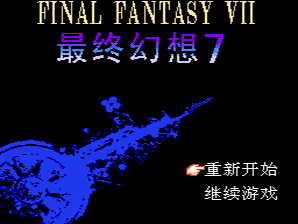
Swordsman & Fairy was later remade for Windows with full CD audio, ported to the Saturn as one of the platform’s few Chinese releases, and became the first Chinese game to make the leap to Japan, under the name Senken Kikyouden. Softstar itself remade the game in high-resolution, true color graphics for Windows XP; pirates ported it to every other platform under the sun, from the NES and Game Boy to cell phones. The game even went on to inspire a 2005 television drama of the same name.
A Question of Vision

Despite 20 years of success in China, almost no Chinese-made games have made it to US shores. In fact, under 10 have made it to Japan, and only about as many have official Korean translations, even though Korea is China’s nearest cultural neighbor.
Why? A lot of it is a simple matter of technological know-how, something China didn’t have much of in video games until very recently. “Speaking frankly, Chinese game development started late,” says Li Peimin, president of studio Kingformation. “The graphics and programming quality lagged far behind the US and Japan.”
And then there’s piracy, a topic that always looms in the background with nearly everything game-related in China. Not only did developers in the region have to compete with a thriving piracy industry which Asian governments mostly ignored, but industrial espionage was also rife.
These barriers didn’t stop Super Fighter CEO Brandon Cobb from taking an interest. His first download was C&E’s Super Fighter, the game for which his future company would be named. He was charmed immediately.
“Chinese games just give me a different feeling,” he says. “It’s the emotional response I get from them. US games just started to seem bland by comparison. I eventually told president of C&E John Kuo about how I got the game. He said he was in the US in 1993 and checked the BBS scene here, and was shocked to see Super Fighter distributed.”
It would be 13 years before Cobb’s company translated and released Beggar Prince, C&E’s Genesis RPG inspired by the tale of the Prince and the Pauper. As of March 2013, Beggar Prince had sold out of three US production runs. “Japanese games had exposure in America. Chinese ones didn’t. I thought that was unfair, because the Chinese ones were just as good if not better.”
If Cobb’s outfit continues to find success, it could be a sign that after two decades, it might just be time for us to treat Chinese games seriously.
This article first appeared in the March 2013 issue of That's Shanghai and That's Beijing. To see more Throwback Thursday posts, click here.
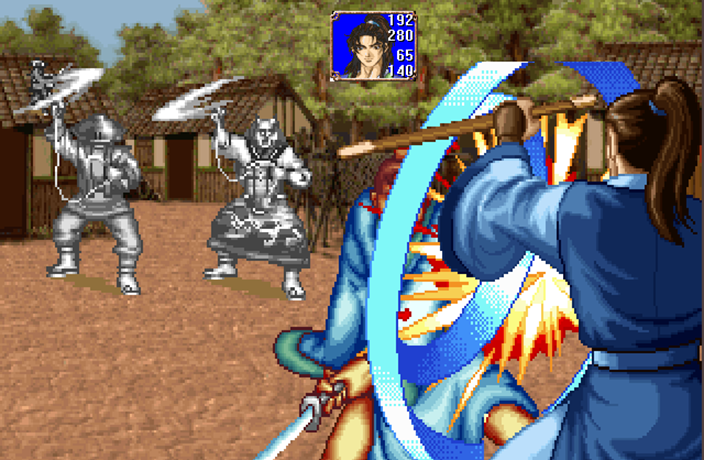




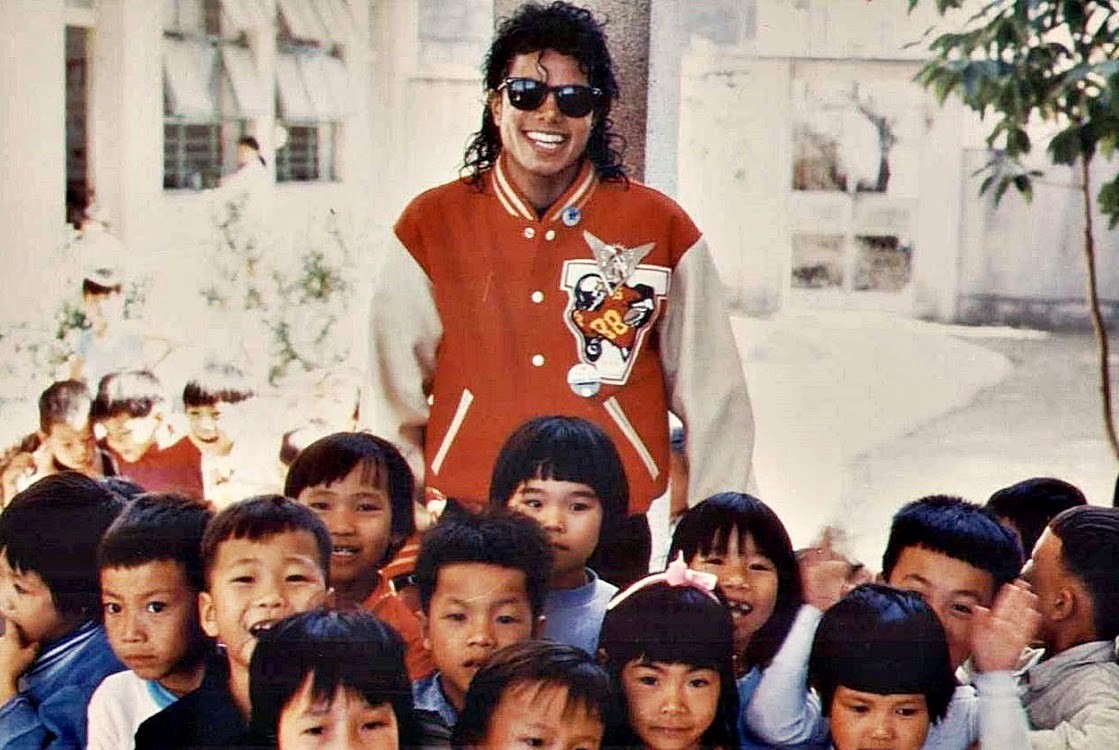
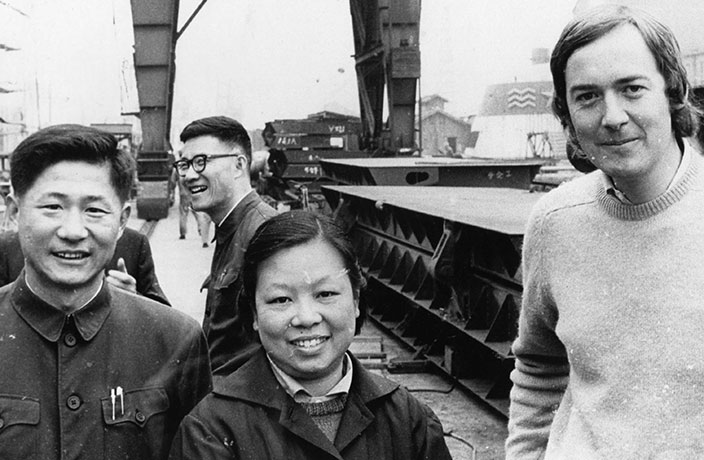
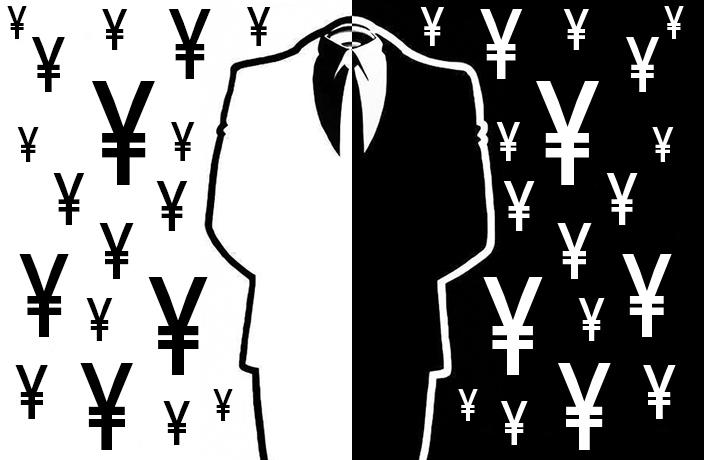














0 User Comments